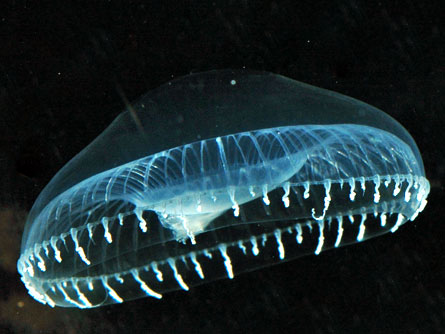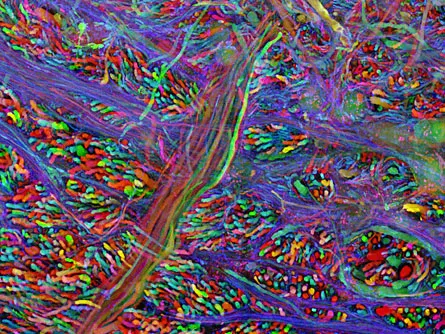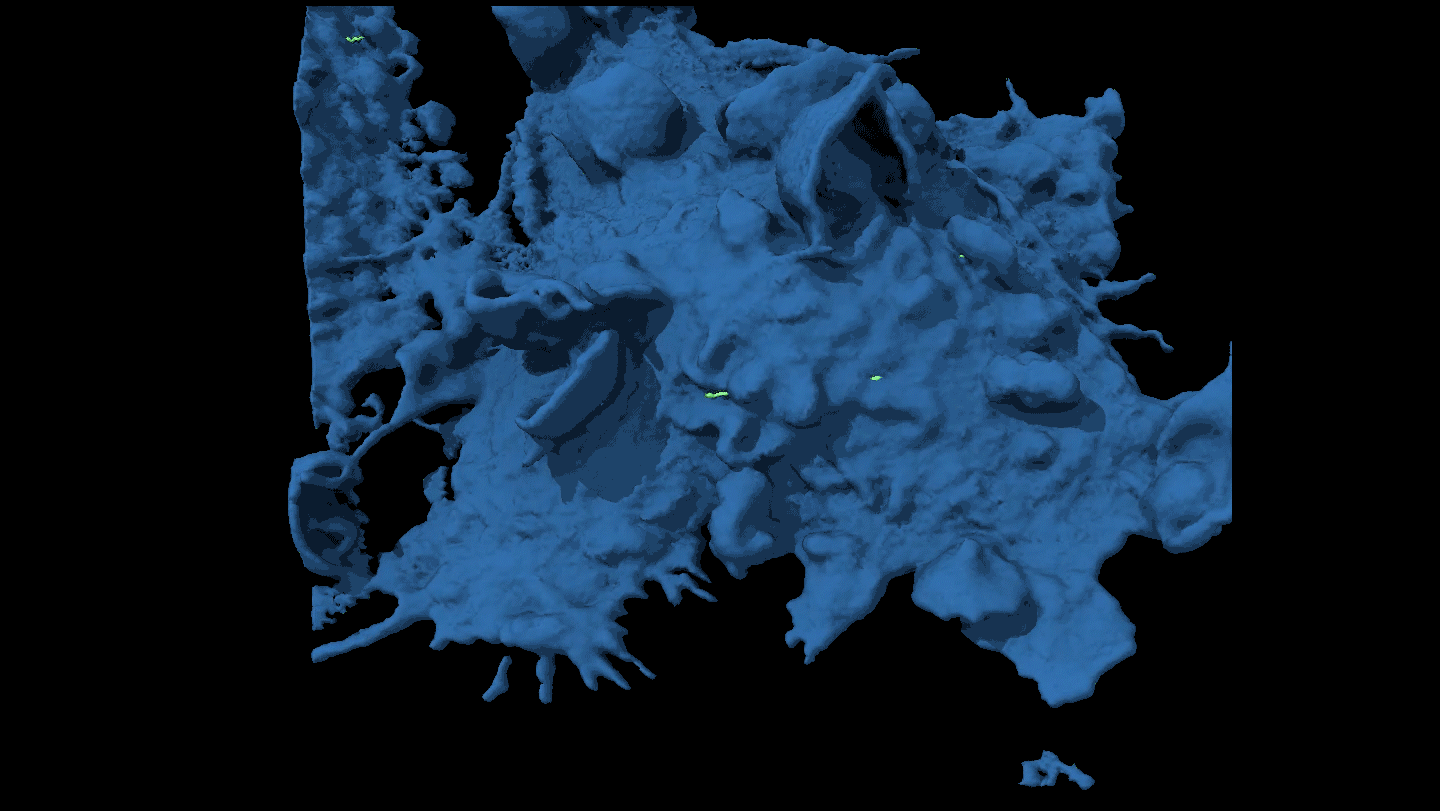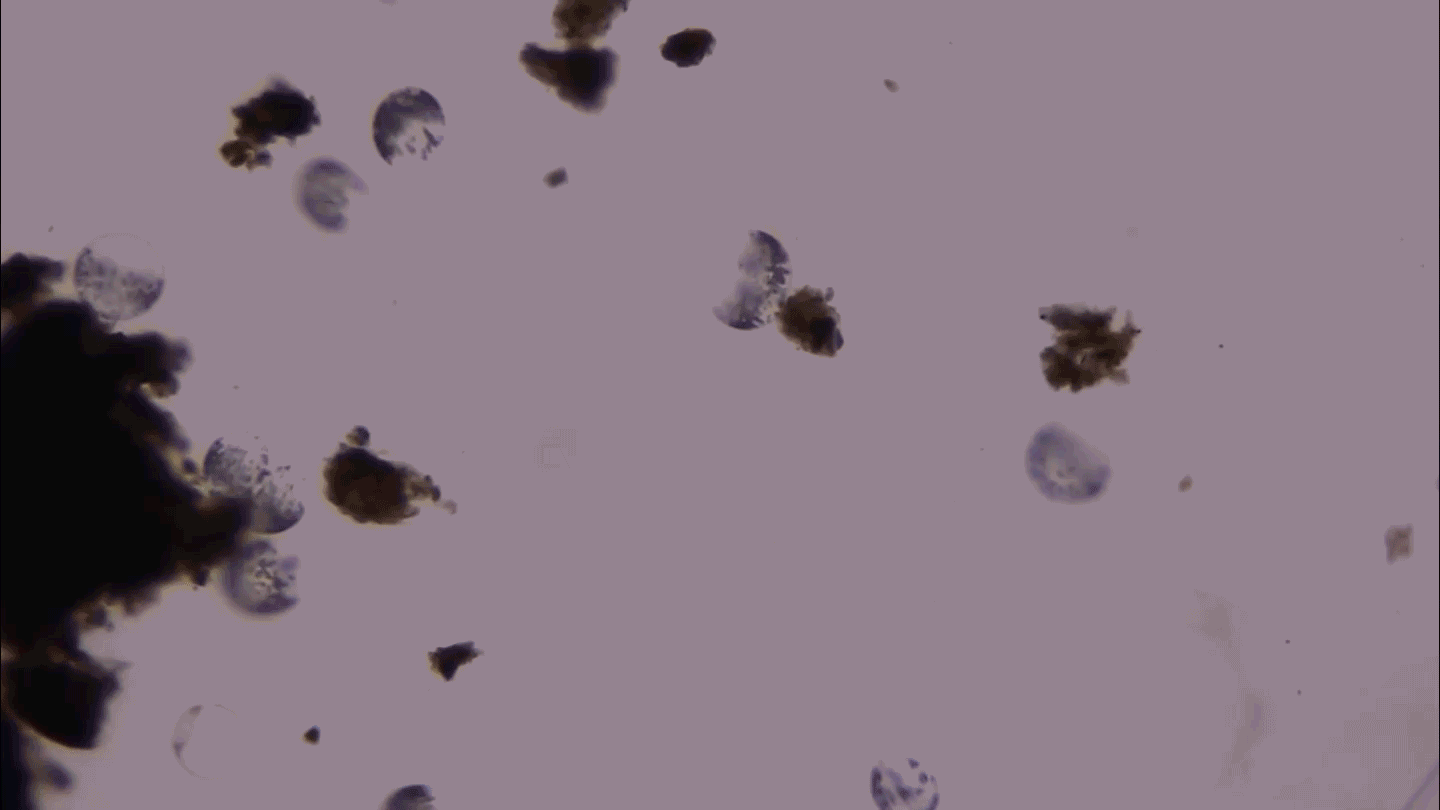- More than 2 years ago
Green fluorescent protein, the darling of cell biologists and biomedical researchers, may do more than give off light. When the protein fluoresces — allowing researchers to see where cells and proteins boldly glow in petri dishes and living organisms — it also gives up electrons, a team reports online April 26 in Nature Chemical Biology. The research suggests a possible new function of the protein; its normal role has remained a puzzle despite its widespread use in laboratories.
“This is a totally unexpected twist,” comments Mikhail Matz of the University of Texas at Austin. “This is an extremely important piece of the most basic information that was missing for so long.”
Isolated from the jellyfish Aequorea victoria in 1962, green fluorescent protein, or GFP, has since become a standard tool for observing the various goings-on of cells. Because the protein glows when it’s hit with blue light, scientists can use it as a beacon, attaching it to a molecule whose fate they want to follow. The three researchers who isolated and developed GFP as a tool shared the 2008 Nobel Prize in chemistry.
While scientists take advantage of GFP for research, the role it and related fluorescent proteins play in corals, jellyfish and other creatures has remained a riddle. Proposed functions include using the protein as a signal to mates, a warning to predators, a protective sunscreen and a way to sense light.
The new work adds another possibility to the mix — photoreduction — the light-prompted passing of electrons.
Until now, researchers thought the protein absorbed light in one wavelength and emitted it in another, Matz says. That the protein can also pass off electrons raises new questions: If it giveths, does it also taketh away?
Pumping protons or electrons across cell membranes is how living things do business — electron transport chains drive core biological processes such as photosynthesis and activity in the mitochondria, the cellular factories that make energy. If GFP can be an electron donor and a receiver, perhaps an original function might not have been to make light, but instead to make certain reactions happen in cells, says Konstantin Lukyanov of the Shemyakin-Ovchinnikov Institute of Bioorganic Chemistry in Moscow, who led the new work.
Lukyanov and colleagues found that GFP will pass electrons to the same compounds that receive the electrons in living cells.
“If it can also accept electrons, and possibly act as a pump, that would dramatically transform our understanding of things,” Matz says.
Oddly, the team also found that when GFP gives up the electrons, it “dies,” shifting from glowing green to faintly glowing red and then emitting barely any light at all.
Because the passing of electrons “kills” the molecule, using GFP to pass electrons seems a very costly way of conducting cellular business, Matz says. But in living cells, GFP might also accept electrons from nearby molecules, thus renewing itself.
If scientists could demonstrate the light-driven passing and receiving of electrons, “I would seriously consider that as a primary function,” Matz says.
Figuring out the answer means returning to the organisms at large that make these proteins, he says.









